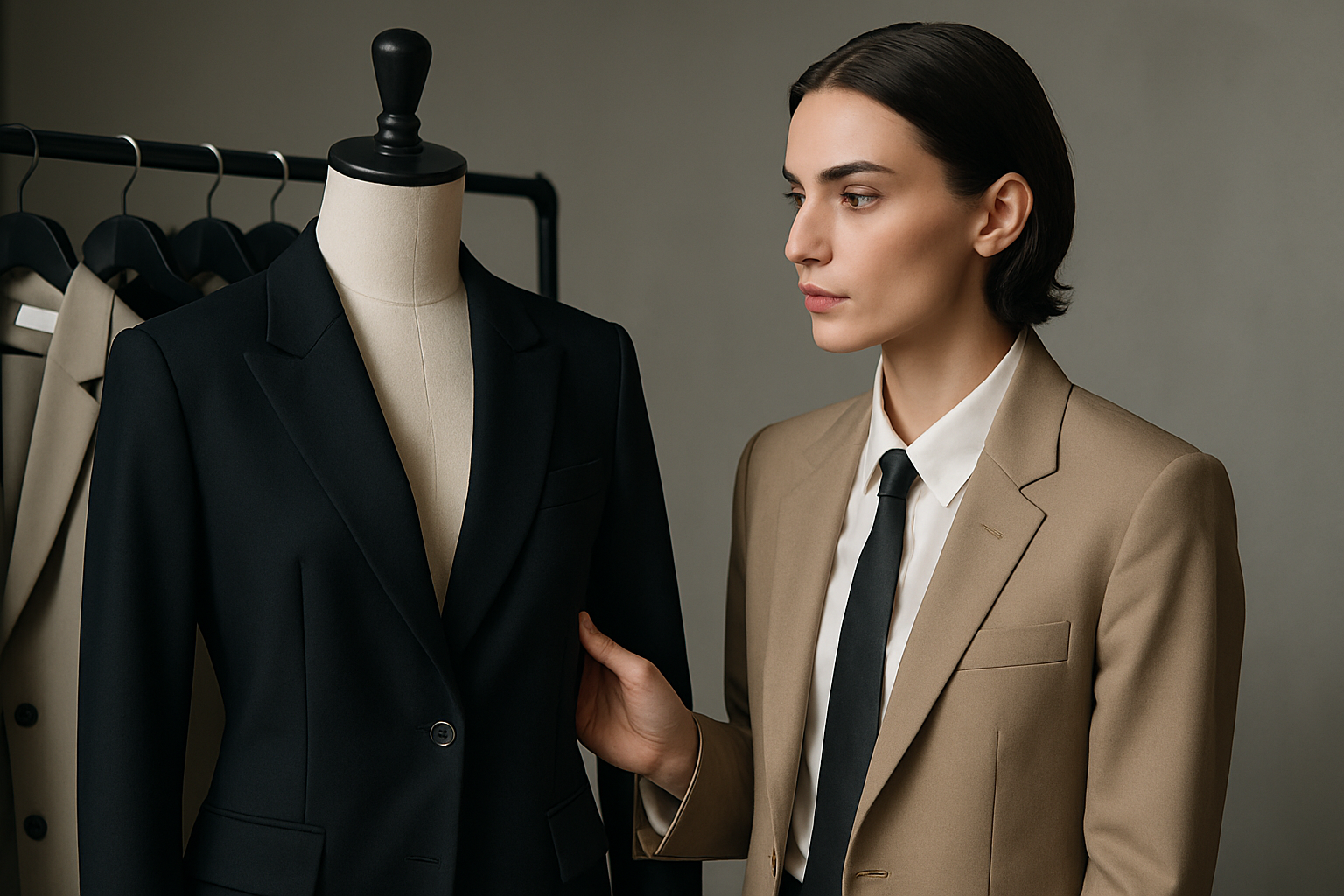Wedding Suits: Practical Guide for Grooms and Men
Selecting a wedding suit begins with understanding the event’s formality level and venue requirements. For evening ceremonies, darker colors like navy, charcoal, or black work best, while daytime weddings allow for lighter shades such as light gray or tan. The season also influences fabric choice—wool suits work well for fall and winter weddings, while lighter materials like cotton or linen blends suit spring and summer celebrations.

Choosing the right formal attire is one of the most important decisions a groom will make for his special day. The perfect suit not only complements the wedding’s style and formality but also ensures the groom feels confident and comfortable throughout the celebration. With numerous options available, from classic tuxedos to modern slim-fit suits, understanding the key factors that influence your choice will help you make the best decision for your wedding day.
How to Choose a Suit for a Wedding
Selecting formal attire begins with understanding the wedding’s formality level and time of day. Evening and formal weddings typically call for tuxedos or dark suits, while daytime and casual ceremonies allow for lighter colors and more relaxed styles. Consider the venue as well - beach weddings might suit linen or lighter fabrics, while church ceremonies often require more traditional formal wear. The season also plays a crucial role, with lighter fabrics and colors appropriate for spring and summer weddings, and darker, heavier materials better suited for fall and winter celebrations.
What Should the Groom Consider in a Suit
Beyond style preferences, grooms must consider several practical factors when selecting their formal attire. The wedding party’s attire should complement the groom’s choice without being identical. Color coordination with the bridesmaids’ dresses and overall wedding theme creates visual harmony in photos. Comfort is paramount since the groom will wear the suit for extended periods, including during the ceremony, reception, and photo sessions. Additionally, consider whether you’ll rent or purchase the suit, as this decision affects timing, alterations, and long-term value.
How Does a Man’s Body Shape Influence Suit Choice
Body shape significantly impacts how different suit styles will look and feel. Men with broader shoulders benefit from single-breasted jackets with minimal padding, while those with narrower frames can opt for double-breasted styles or structured shoulders. Tall, thin men should consider suits with wider lapels and cuffed trousers to add visual weight, whereas shorter men benefit from higher button stances and minimal break in the trouser leg. Athletic builds work well with tailored fits that follow the body’s natural lines, while larger midsections benefit from single-breasted jackets with strategic button placement.
When Should You Visit a Tailor for Alterations
Timing alterations properly ensures your suit fits perfectly on your wedding day. For purchased suits, schedule your first fitting 6-8 weeks before the wedding, allowing time for multiple adjustments if needed. Rental suits typically require fittings 2-4 weeks in advance. Plan for at least two fittings - the first for major adjustments and the second for fine-tuning. Weight fluctuations can affect fit, so avoid significant diet or exercise changes between fittings. Emergency alterations are possible but may be rushed and more expensive.
Wedding Suit Cost Considerations
Formal attire costs vary significantly based on quality, brand, and whether you rent or purchase. Understanding these financial aspects helps you budget appropriately and make informed decisions about your wedding attire investment.
| Option | Provider/Brand | Cost Estimation |
|---|---|---|
| Rental Tuxedo | Men’s Wearhouse | $150-$300 |
| Rental Suit | Jos. A. Bank | $100-$250 |
| Off-the-Rack Suit | Macy’s | $200-$800 |
| Custom Suit | Local Tailor | $800-$2,500 |
| Designer Suit | Hugo Boss | $600-$1,500 |
| Budget Option | Target/Walmart | $80-$200 |
Prices, rates, or cost estimates mentioned in this article are based on the latest available information but may change over time. Independent research is advised before making financial decisions.
Rental options provide cost-effective solutions for one-time wear, typically including accessories like shoes, shirts, and ties. Purchasing offers long-term value if you’ll wear the suit for other formal occasions. Custom suits provide the perfect fit but require longer lead times and higher investment. Consider additional costs like alterations, accessories, and shoes when budgeting for your formal attire.
Making the right choice for your formal attire involves balancing style preferences, practical considerations, and budget constraints. Whether you choose to rent or purchase, prioritize proper fit and comfort to ensure you look and feel your best on your special day. Remember that the perfect formal wear is one that makes you feel confident and reflects your personal style while appropriately matching the formality and tone of your celebration.




